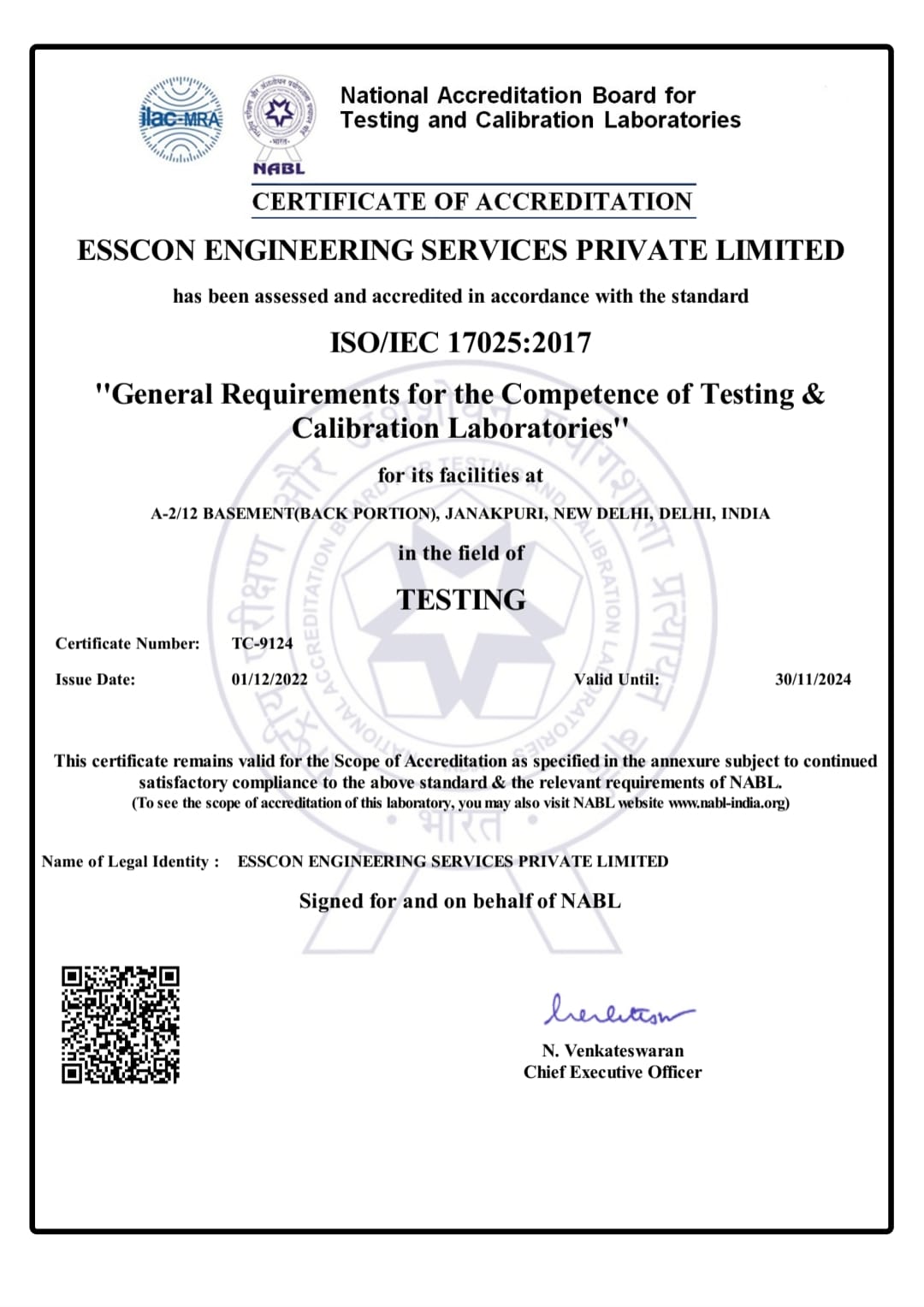Dgps Survey (Different Global Positioning System)
RTK Positioning Real Time Kinematic Based on the use of carrier phase (GPS, Glonass, Galileo, etc.)
Normal – compare pseudorandom signal from satellite to internally generated copy of the same signal. Since they do not line up
properly, by delaying local signal more and more they eventually line up. Delay is time need for the satellite to reach the
receiver. Accuracy is approx. 1% of band with (i.e. C/A code send bit every 0.96 microsecond (3m). Other C/A signal errors can
add up to approx. 15 m.
RTK same concept, but uses much smaller wavelength carrier signals, not messages within. L1 Carrier 1.023 MHz – l = 0.19m,
thus + = 1.9 mm. Resolution of integer ambiguity requires sophisticated statistical software and access to multiple satellites. RTK
single base station receiver – re-broadcast signals it receives to a number of mobile receivers (UHF most popular). Typical
accuracy of dual frequency systems: 1 cm 2ppm horizontally 2 cm 2ppm vertically
Gps Survey:
GPS was rapidly adapted for surveying, as it can give a position (Latitude, Longitude and Height) directly, without the need to
measure angles and distances between intermediate points. Survey control could now be established almost anywhere and it was
only necessary to have a clear view of the sky so the signal from the GPS satellites could be received clearly.GPS is similar in some
ways to the Trilateration and EDM previously discussed, except that the known positions are now the GPS satellites (and their
orbits) 20,000 km in space. The equipment and calculations are extremely complex, but for the user the process is generally very
simple.In the commonly available receivers, the GPS receiver almost instantly works out its position (Latitude, Longitude and
Height) with an uncertainty of a few meters, from the data broadcast by the satellites. This data includes a description of the
satellites changing position (its orbit) and the time the data was transmitted. Typical accuracy of GPS systems: 1M TO 3M.
Electronic Total Station:
The primary function of surveying instruments is to measure distances, angles and heights. The total station employs the electrooptical
distance metering method, emitting laser beams to a target and detecting light reflected off it. It takes measurements by
calculating the deviation of the wavelength of the reflected light. Total stations are able to measure distances to an accuracy of 2-
3 millimeters per kilometer, and angles to 1-second (1°/3,600°) accuracy. One second in an angle is equivalent to the width of
pencil lead at 100 meters. Even small-size surveying instruments are remarkably accurate. The two types are used according to
application. Total stations when extremely high accuracy is required, such as in building and bridge construction. Advantage of
Total Station surveying is it globosity, efficiency, optimum accuracy, efficiency. Use in a geodesy, cartography, geography, land
management, a ground cadastre, an agriculture, auto-, air-, sea navigation.
Digital Automatic Level:
Digital automatic levels are a precise instruments used for precise le-veling. Operation of digital levels is based on the digital
processing of video indications of a coded staff. At the beginning of measurement a visual pointing of the instrument into the
surface of leveling meter is performed. After that the instrument automatically points the focus of its optical system on the surface
of the meter and then a rough correlation calculation is performed followed by the precise correlation. According to the data
received in the processor of the instrument an exact distance from the axes of the instrument to the surface of the level meter is
calculated. According to the information received by decoding the data from the photoelectric matrix the height of the level
placing is calculated in the processor. During this operation the coded view of the meter is compared with information that saved
in the memory of the instrument. The scope if this work includes resort of digital automatic levels and impact of their accuracy
on construction measurements.
Auto Level:
A G.T.S. (Great Trigonometrical Survey) benchmark is a permanently fixed reference survey station (or point), having known
elevation with respect to a standard datum (mean sea level). These are established all over India by Survey of India department
with greater precision. A benchmark value is quite essential at any survey area, especially for reduction of observed sea level with
respect to mean sea level or chart datum (CD). While carrying out bathymetric survey of a survey area, the datum referenced
values thus obtained are used to compute the final depth contours of the survey area (with respect to CD). So, a benchmark,
having known elevation is quite essential at the survey area, without which, preparation of a bathymetric chart is impossible. In
some places, GTS benchmarks are available within a kilometer distance and can be easily transferred to the survey area by fly
leveling using an automatic Level instrument and a graduated leveling staff. But in most of the cases, GTS benchmarks may be at
far away distance from the area to be surveyed. In these cases, the most common traditional method of transferring the
benchmark value using an automatic level instrument is a difficult task, consuming enormous amount of time and labour. To
eliminate this process, a method is suggested in this technical report to transfer GTS benchmark from any far distance to the
survey area.

